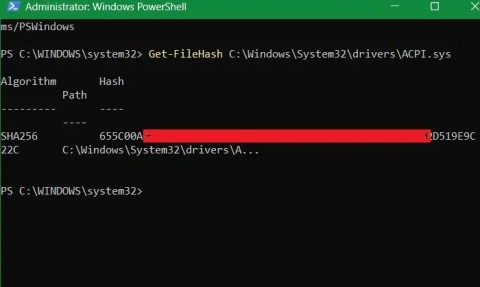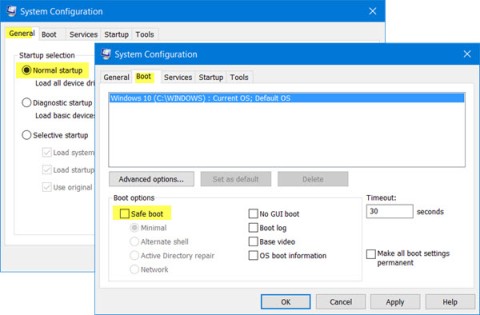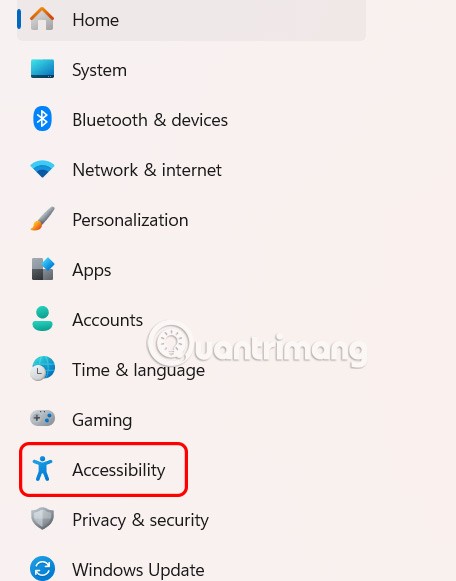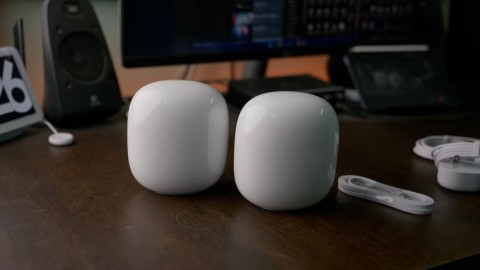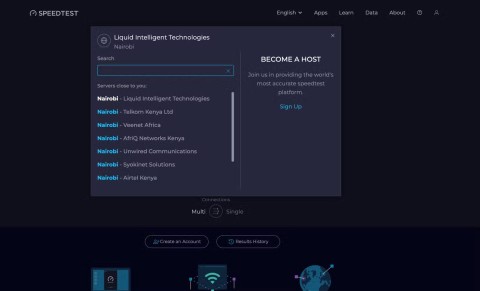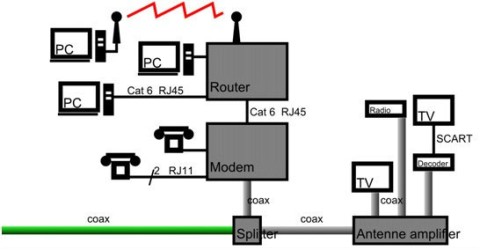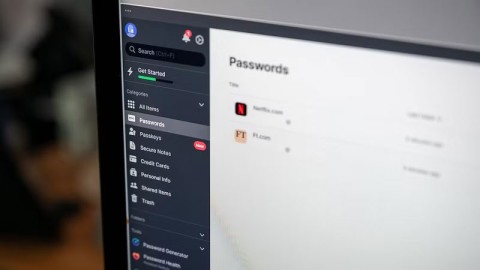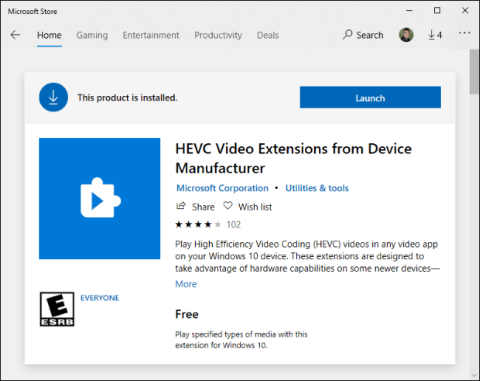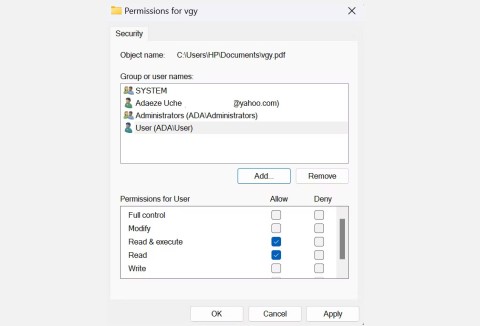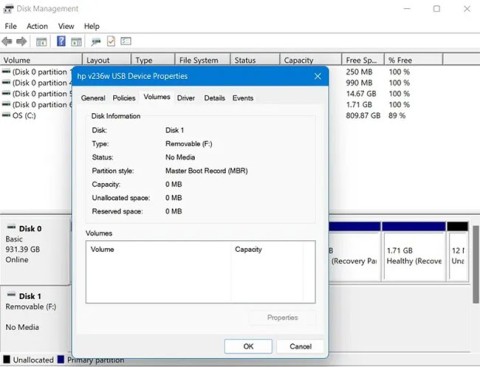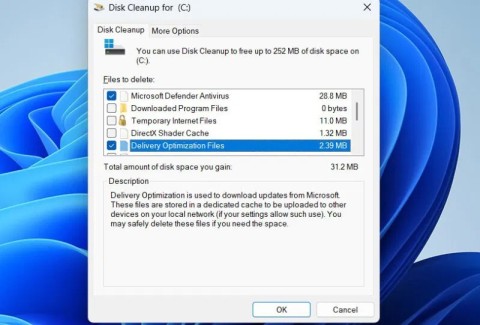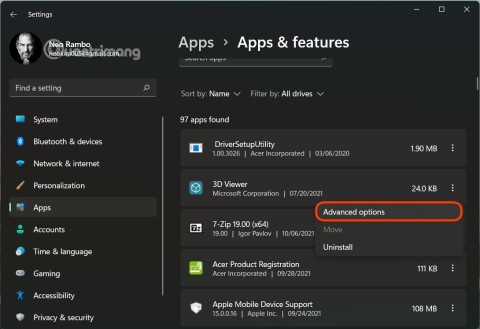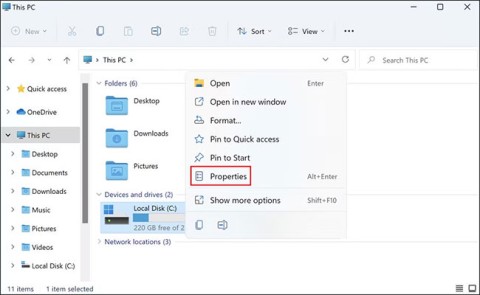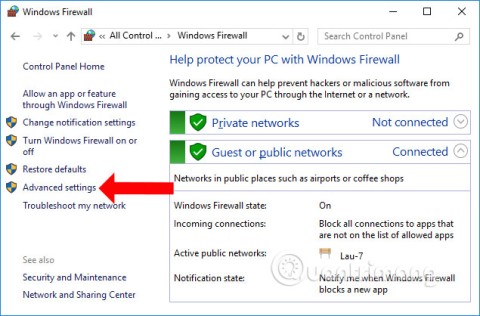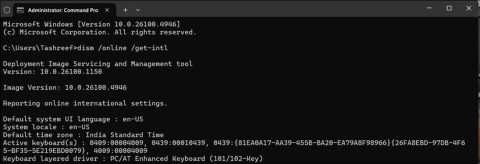Keeping your computer clean and tidy is essential for two important reasons: your health and the health of your computer. A bunch of unwanted software can make your computer slow and cluttered. But cleaning it up isn’t always easy. Sometimes apps leave unwanted traces behind, sometimes they’re stubborn and refuse to uninstall, and sometimes they’re things Microsoft is sure you’ll like so much that they’re impossible to completely remove.
So, check out these 10 ways to cleanly uninstall apps, remove old software in bulk, uninstall items that can't be uninstalled, and even delete pre-installed Windows programs.
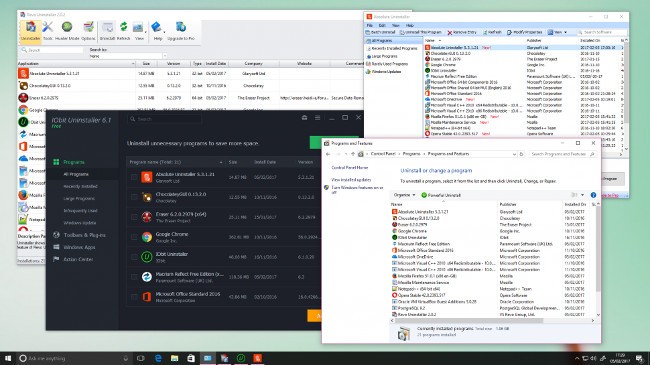
1. Traditional way
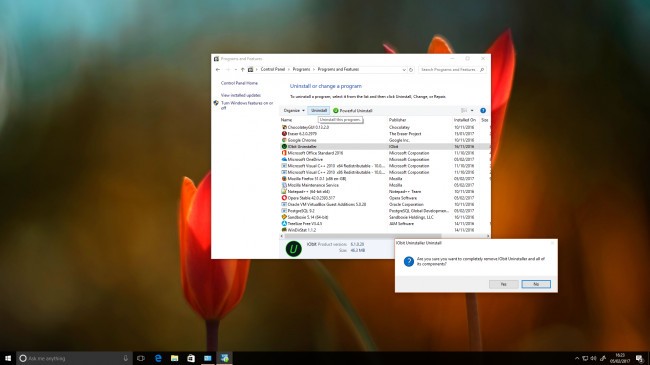
If you've been using Windows for any length of time, you'll be familiar with the standard methods for removing software. You can use an uninstaller tool that's located in the program's Start menu folder , a folder on your drive, or as a shortcut on your desktop.
Normally, you would go to Control Panel and uninstall the software in Programs and Features , select the application you want to uninstall, right-click and select Uninstall to activate the uninstaller. Here you will see the installed programs and arrange them by frequency of use or time of installation. If there is a program that is not uninstalled from Control Panel, go to step 9 to see how to remove it.
In Windows 10, you can also uninstall programs by right-clicking on unused items in the Start menu and selecting Uninstall from the context menu that appears.
2. Remove Preinstalled Items Using Windows Powershell
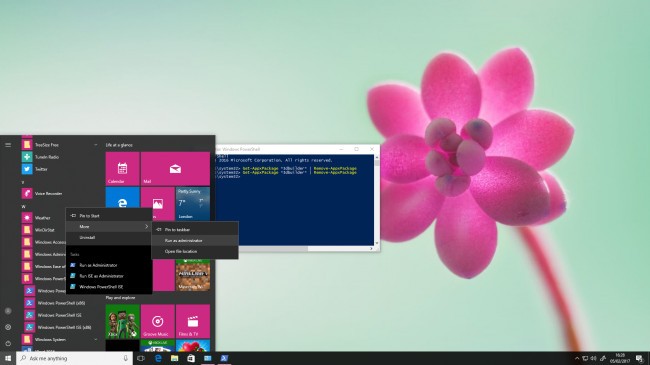
Microsoft loves to give you “questionably useful” software. So, to make sure you like it, it neglects to provide an uninstall option, trying to right-click to remove, say, 3D Builder or Groove Music fails. However, you can use PowerShell to get the job done. Find it in the Start menu , type “ Windows Powershell” in the search box, right-click it and select ‘Run as administrator’ , then type the following command to remove, in this example, 3D Builder:
ppxPackage *3dbuilder* | Remove-AppxPackage
Get-AppxPackage searches for the appropriate program, then the vertical bar icon (|) feeds its output into Remove-AppxPackage, the phrase in the asterisks can be replaced with the specific package name for a variety of other applications:
- 3D Builder: 3dbuilder
- Alarms and Clock: windowsalarms
- Calendar and Mail: windowscommunicationsapps
- Camera: windowscamera
- Groove Music: zunemusic
- Maps: windowsmaps
- Movies & TV: zunevideo
- OneNote: onenote
- People: people
- Photos: photos
- Store: windowsstore
- Voice Recorder: soundrecorder
- Xbox: xboxapp
If you want to restore these applications, just run the following powershell command:
Get-AppXPackage | Foreach {Add-AppxPackage -DisableDevelopmentMode -Register "$($_.InstallLocation)\AppXManifest.xml"}
3. Using 10AppManager application
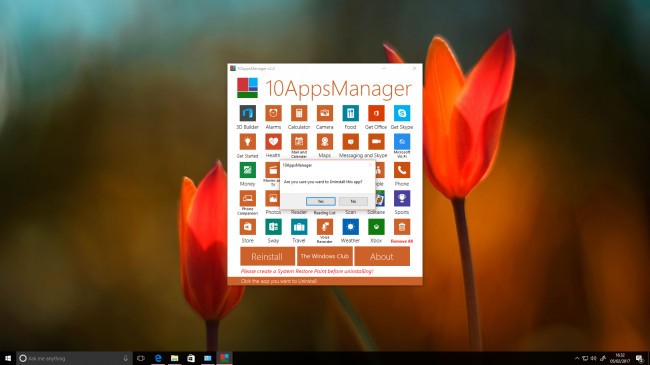
There is an easier way to remove core Windows components. 10AppsManager is a handy free utility tool to organize your various Windows 10 apps. Developed by Lavish Thakkar, this file manager allows you to easily uninstall and reinstall all the default, built-in, pre-installed Windows Store apps on your desktop.
By default, you don’t have the ability to remove pre-installed Store apps in Windows 10. However, through this useful utility, you can now do it easily. Just select the specific app you want to remove and then click the Uninstall button.
10AppsManager is a perfect solution, it can remove pre-installed apps that cannot be uninstalled from a single point. It can also remove Windows Store apps without using Windows Store and then reinstall the apps if you want.
The entire uninstallation process is quick. On top of that, it will notify you of its success via a dialog box. The process of restoring Store apps in Windows 10 is similarly quick. As usual, you just need to select the program you want to reinstall and press the appropriate button. It will ask you to restart your system to see the changes.
Moreover, this software solution can be used without any installation. The only thing you need to do is unzip the folder and you will be able to run the program utility right away. However, keep in mind that this tool is only a trial version, so you should create a backup before using it.
4. Use Unlocker app
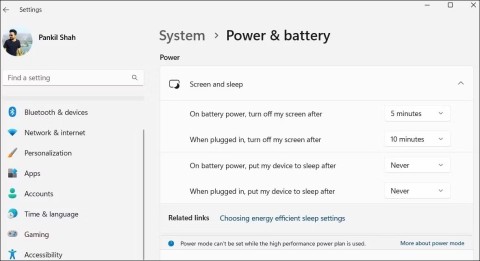
Windows will lock certain files that are in use. If you try to delete a running program, it will display an error message about the file being in use. You may also see unfriendly and unhelpful messages like “Access is denied”.
Unlocker is a handy solution for locked files - install it (bypassing the automatic toolbars in the installer), find the file you want to delete, right-click it and find Unlocker in the Context menu. It will tell you what programs are currently accessing that file and allow you to either “kill” the offending process (dangerous) or remove the locked process (less dangerous).
Unlocker has a portable version that allows you to browse through the current file locks on your system, but keep in mind that forced deletions like this can affect system stability, so only use applications like Unlocker as a last resort.
5. Safe Mode
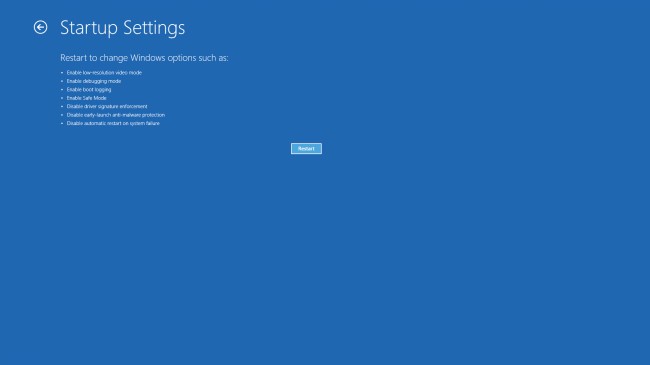
Programs that place locks on your system are usually programs that start with your computer and run in the background. You can use Windows Safe Mode, which reduces the number of programs running and, if you choose the appropriate option, prevents your computer (or the problematic applications) from “talking” to the Internet, eliminating these pesky locks.
If you're running Windows 10, just hold down the Shift key and select Restart from the Start menu as usual. For earlier versions of Windows, you can access Safe Mode by pressing the F8 key as your computer starts and selecting the appropriate option. Once you're in Safe Mode, try uninstalling through the Control Panel or the uninstaller for the software.
6. System Restore
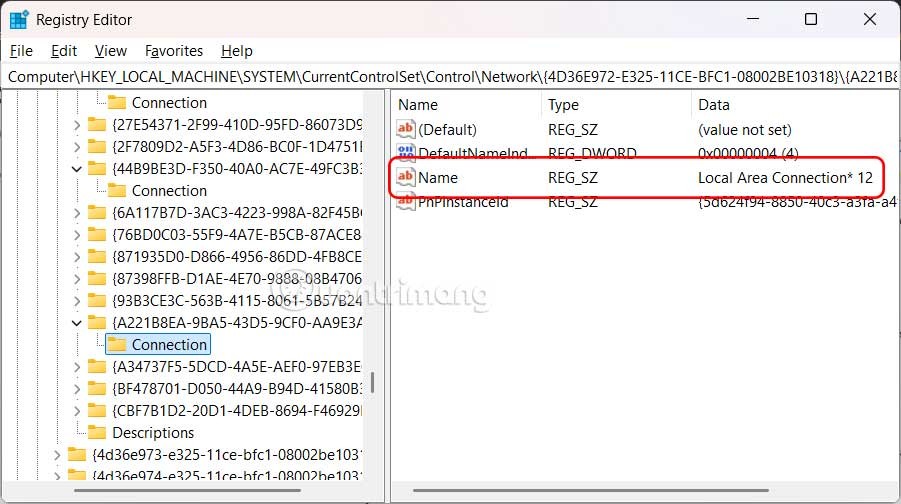
System Restore is an important part of Windows and it is an essential tool when things go wrong. If you have set up a restore point and accidentally install an unwanted or problematic program, you can restore your system to an earlier point using System Restore, but only if you have set up a restore point before.
7. Restore from backup
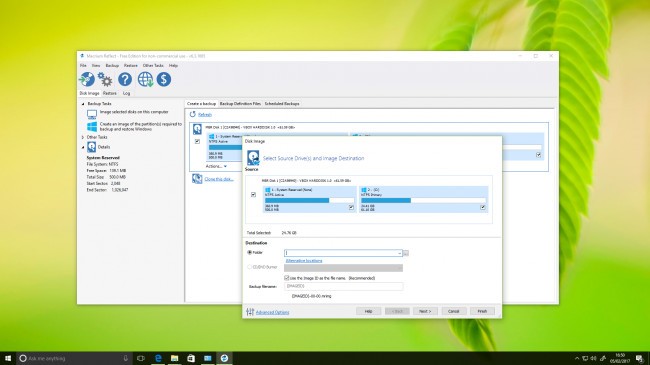
System Restore is only useful if you have access to your computer to enable it. If Windows 10 is dead, sorry, System Restore is not the right backup for you. That's when you need a full backup.
Macrium Reflect is perfect for cloning one drive to another (so you'll need an external drive as large as your boot drive) and has a Windows PE-based recovery tool that can be booted via USB to help you get your drive back.
However, keep in mind that this is a time-consuming process, creating a completely new backup will take several hours, and your computer will be forced to stop working while the backup is being made.
8. Use professional tools
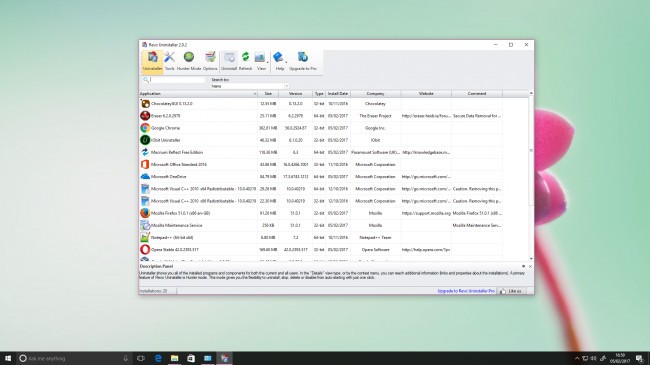
Sometimes programs leave behind things even after they’ve been successfully uninstalled. Revo Uninstaller is a great free tool for both uninstalling and cleaning up leftovers. Turn it on in Hunter Mode and it will dig through your folders to find files related to software that’s no longer on your hard drive and clean them up.
There are also a number of onboard tools for removing software, from direct uninstalls to forced file deletion. You can also use Revo Uninstaller to “kill” programs running in the background, or stop software from running at startup.
9. Clean Control Panel
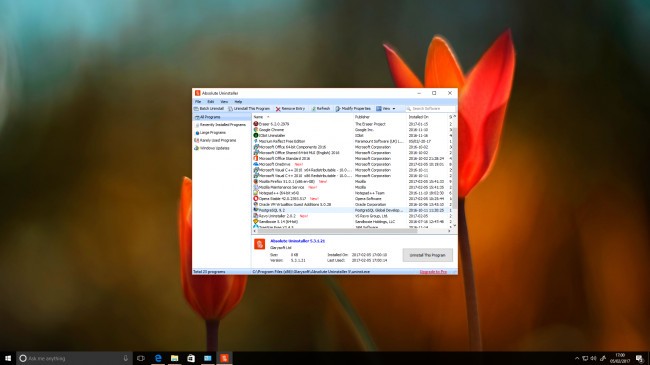
You can find documentation for the software you uninstalled in the Control Panel. Usually, just performing an uninstall is enough to remove these documentations, but sometimes it's more difficult. You can search the Windows registry - HKEY_LOCAL_MACHINE\SOFTWARE\Microsoft\Windows\CurrentVersion\Uninstall contains entries related to installed software. And if you know what program you uninstalled, you can safely delete its key to prevent Windows from thinking it's still running. However, you can use a reliable software to remove these documentations: Absolute Uninstaller .
10. Eliminate update issues
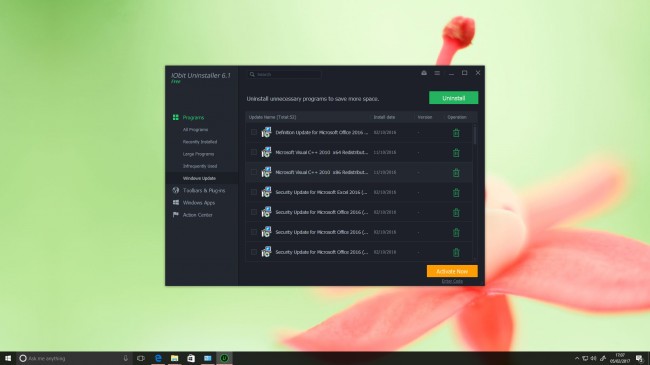
Windows is expected to support a lot of hardware components in a wider range of configurations, so it's not surprising that an update causes some problems like not letting the computer go into Hibernate mode or breaking something.
Removing updates is another task you can do through the Programs and Features section of Control Panel but it will be easier if you use the services of IObit Uninstaller , which can also handle the issues of managing system restore points.
